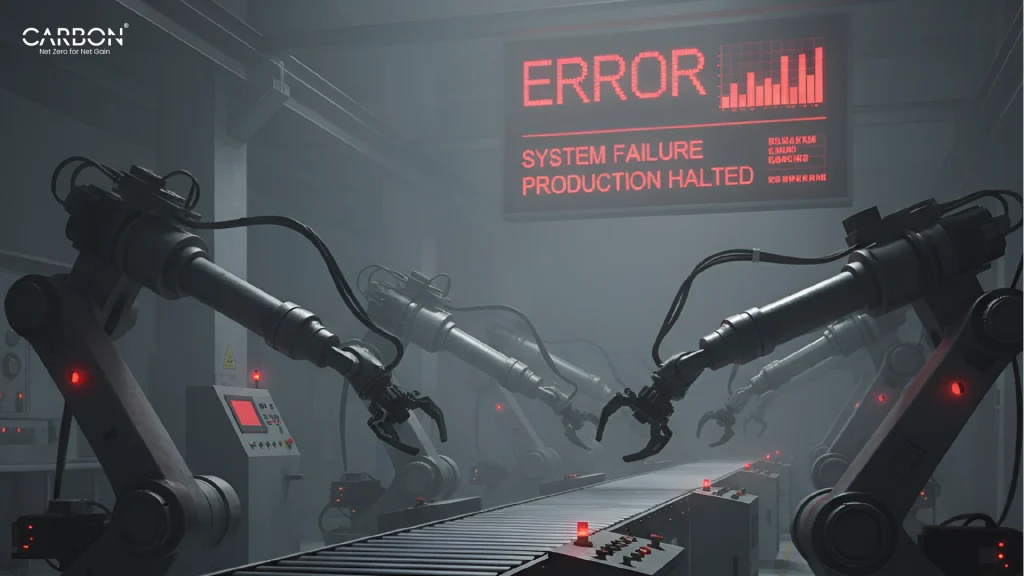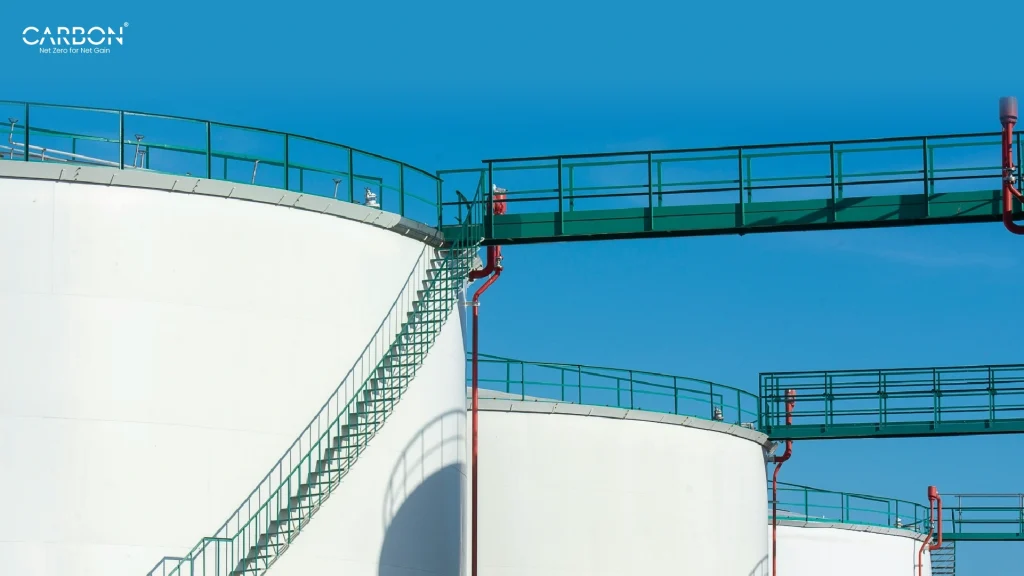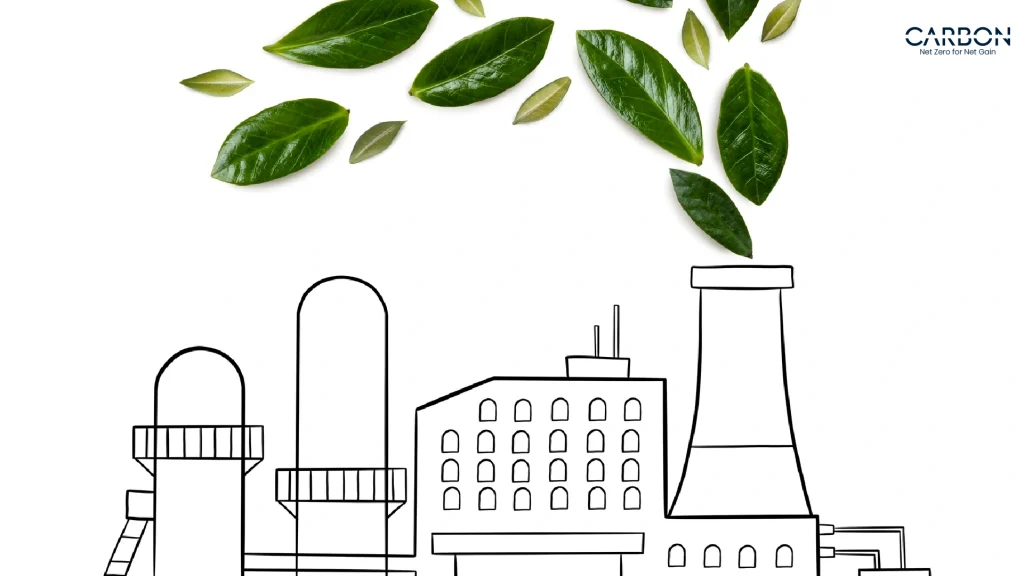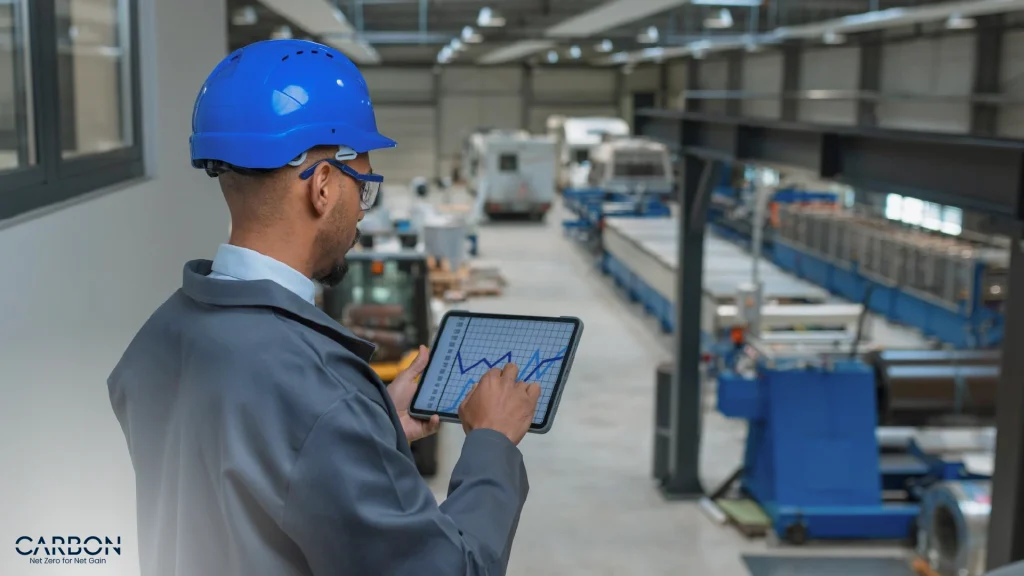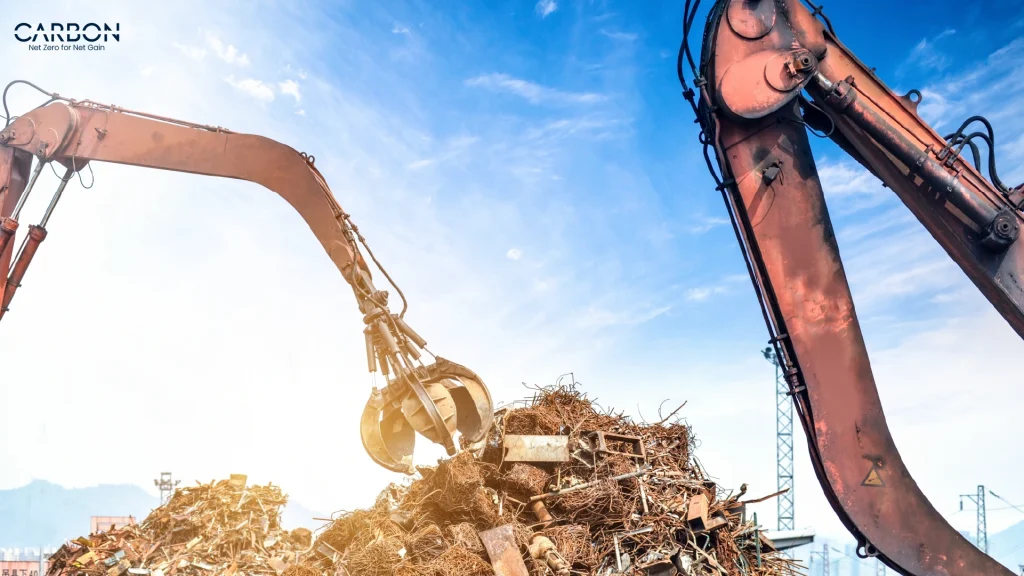India’s GEI Rules 2025: Your Carbon Credit Goldmine
Key Takeaways In Harvard University’s marine biology lab, researchers observed something remarkable: a mother octopus methodically examining her eggs, touching each one with her sucker cups. Some eggs she carefully tended. Others she discarded immediately. The octopus wasn’t using sight or smell. She was tasting bacteria. Receptors in her sucker cups detected foul flavors from […]
India’s GEI Rules 2025: Your Carbon Credit Goldmine Read More »



